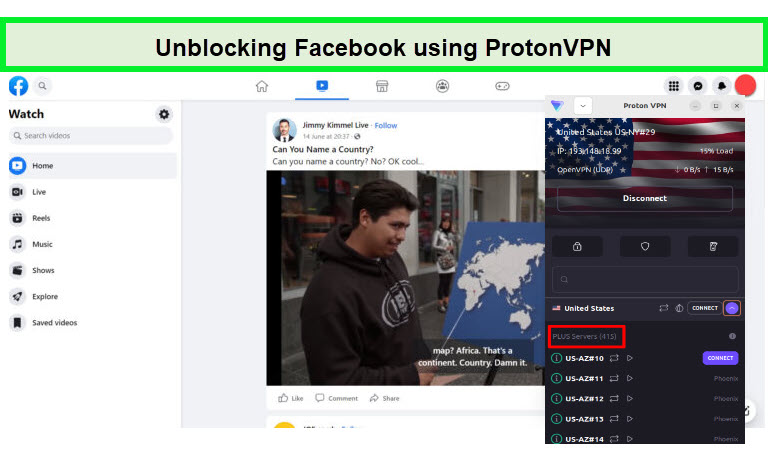

The data channel, as you might have guessed, is responsible for transporting your internet traffic data. The control channel is responsible for the key exchange, authentication, and parameter exchanges (like providing an IP or routes and DNS servers). A VPN protocol, also known as a “tunneling protocol,” is the instructions your device uses to negotiate the secure encrypted connection that forms the network between your computer and another.Ī VPN protocol is usually made up of two channels: a data channel and a control channel. VPNs rely on what is called “tunneling” to create a private network between two computers over the internet. If you’re not sure how a VPN works, it might be helpful to read the article linked below before continuing. While we try to explain terms clearly, this post will be more useful if you come in with some basic technical knowledge.

This post delves into some of the inner workings of VPNs. This post will investigate VPN protocols, what they do, how they work, and what it means if a VPN service uses OpenVPN over L2TP, for example. Our first post explained what HMAC SHA-384 means.
#Proton vpn series#
We have begun a series of posts where we explain some of our security measures so that people can make more informed decisions. It often means struggling to understand an alphabet soup of different acronyms. Evaluating the more technical aspects of a VPN can be difficult. We also compare the strengths and weaknesses of the most common protocols, including OpenVPN, WireGuard, IKEv2, PPTP, and L2TP.īefore you trust a VPN to protect your internet activity, you need to ensure they’ve put in place the necessary safeguards. We explain what a VPN protocol is and what it does.

This article has been updated to include the WireGuard and Stealth VPN protocols.


 0 kommentar(er)
0 kommentar(er)
